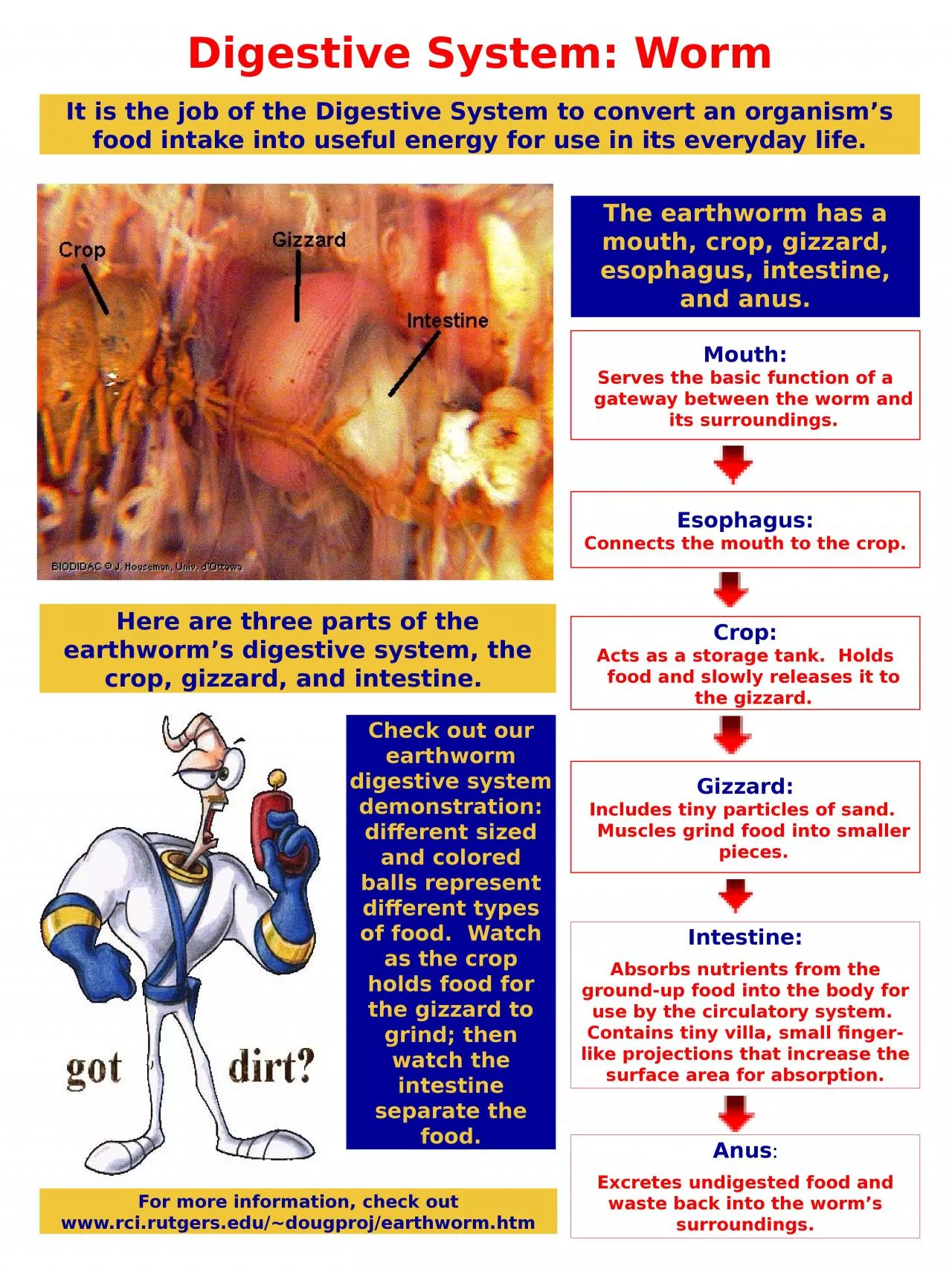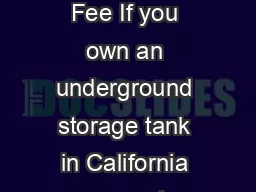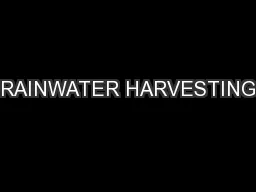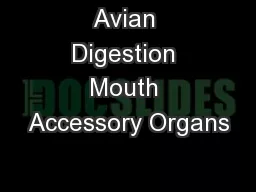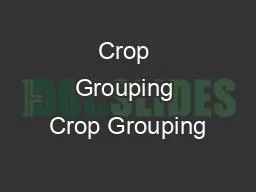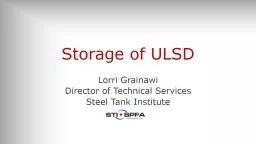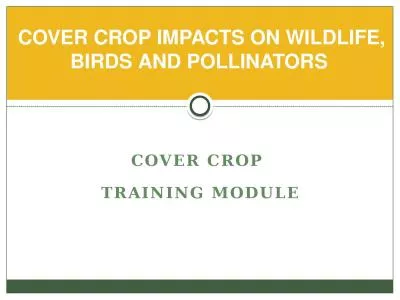PPT-Crop: Acts as a storage tank. Holds food and slowly releases it to the gizzard.
Author : belinda | Published Date : 2023-07-07
Here are three parts of the earthworms digestive system the crop gizzard and intestine It is the job of the Digestive System to convert an organisms food intake
Presentation Embed Code
Download Presentation
Download Presentation The PPT/PDF document "Crop: Acts as a storage tank. Holds foo..." is the property of its rightful owner. Permission is granted to download and print the materials on this website for personal, non-commercial use only, and to display it on your personal computer provided you do not modify the materials and that you retain all copyright notices contained in the materials. By downloading content from our website, you accept the terms of this agreement.
Crop: Acts as a storage tank. Holds food and slowly releases it to the gizzard.: Transcript
Download Rules Of Document
"Crop: Acts as a storage tank. Holds food and slowly releases it to the gizzard."The content belongs to its owner. You may download and print it for personal use, without modification, and keep all copyright notices. By downloading, you agree to these terms.
Related Documents

